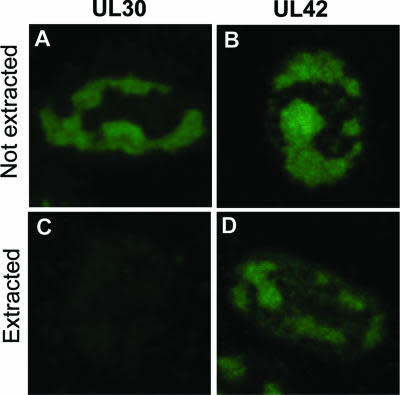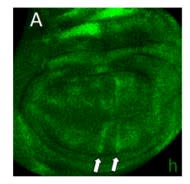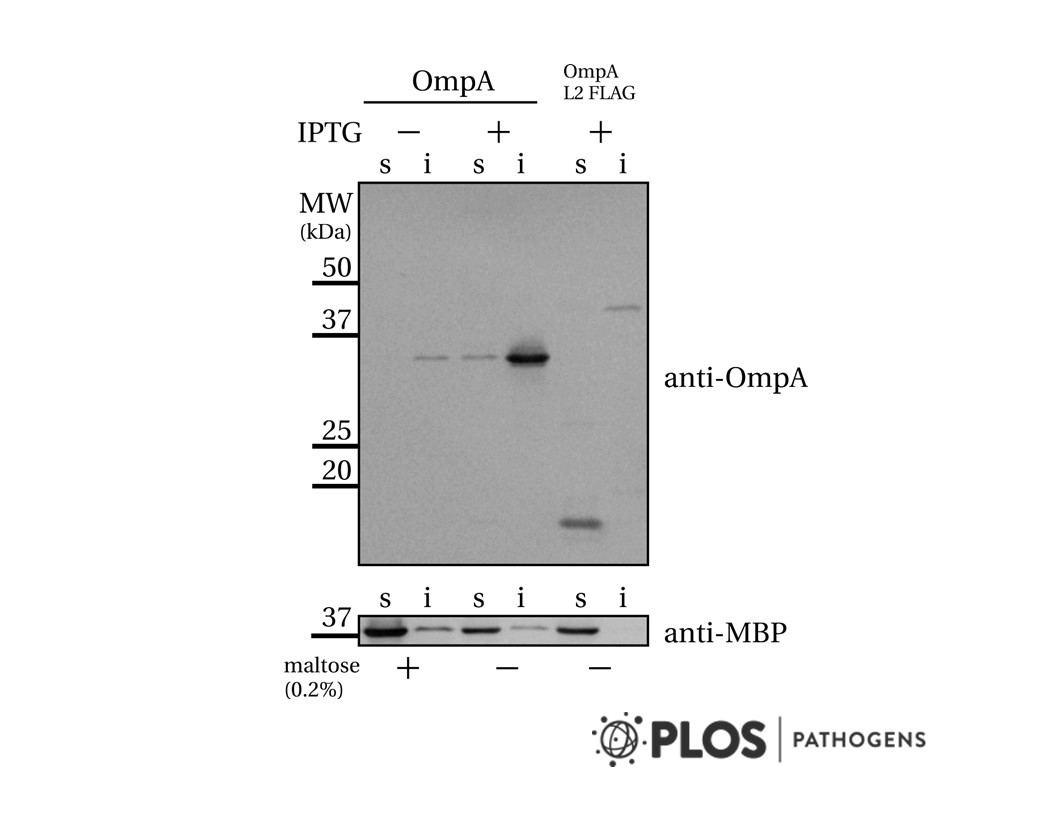
Cat. #151856
Anti-RSV F Glycoprotein [11-2-C9]
Cat. #: 151856
Unit size: 100 ug
Availability: 10-12 weeks
Target: Human Respiratory Syncytial (RS) virus Fusion glycoprotein
Class: Monoclonal
Application: Fn ; ELISA ; IF ; Fn ; WB
Reactivity: Virus
Host: Mouse
£300.00
This fee is applicable only for non-profit organisations. If you are a for-profit organisation or a researcher working on commercially-sponsored academic research, you will need to contact our licensing team for a commercial use license.
Contributor
Inventor: Ayham Alnabulsi
Institute: Vertebrate Antibodies Limited
Tool Details
*FOR RESEARCH USE ONLY (for other uses, please contact the licensing team)
- Name: Anti-RSV F Glycoprotein [11-2-C9]
- Research fields: Microbiology
- Clone: 11-2-C9
- Class: Monoclonal
- Conjugation: Unconjugated
- Molecular weight: The identity and molecular weight of the protein target of this antibody was validated by including within the immunoblot assay (as a marker) a convalescent serum sample from a RS virus infected patient. The protein specificities of the antibodies induced in the human convalescent serum is described in Gimenez et al. (1987).
- Strain: Balb/c
- Reactivity: Virus
- Host: Mouse
- Application: Fn ; ELISA ; IF ; Fn ; WB
- Description: Human Respiratory Syncytial Virus (RSV) is a major cause of lower respiratory tract illness and is the chief cause of hospitalization for respiratory tract illness in young children.The glycoprotein F is located on the surface of viral envelope, its function is to induce fusion of viral envelope with host-cell envelope resulting in syncytium formation. The glycoprotein F (also named VP70, F0 or fusion protein) consists of two components: F1 (also named VPG48) and F2 (also named VGP26) held together by disulphide bonds. The reported molecular weight of the VGP26 component varies between 20 to 26 kDa.
- Immunogen: Gradient-purified RSF-44 virus (subgroup A) UV inactivated for 20 minutes at 20C
- Isotype: IgG1 kappa
- Myeloma used: P3X63Ag8.653
- Recommended controls: Immunoblot: Ag: gradient-purified RS virus (see figure). Indirect immunofluorescence: staining of RSA-2 infected BSC-1 cells
Target Details
- Target: Human Respiratory Syncytial (RS) virus Fusion glycoprotein
- Molecular weight: The identity and molecular weight of the protein target of this antibody was validated by including within the immunoblot assay (as a marker) a convalescent serum sample from a RS virus infected patient. The protein specificities of the antibodies induced in the human convalescent serum is described in Gimenez et al. (1987).
- Target background: Human Respiratory Syncytial Virus (RSV) is a major cause of lower respiratory tract illness and is the chief cause of hospitalization for respiratory tract illness in young children.The glycoprotein F is located on the surface of viral envelope, its function is to induce fusion of viral envelope with host-cell envelope resulting in syncytium formation. The glycoprotein F (also named VP70, F0 or fusion protein) consists of two components: F1 (also named VPG48) and F2 (also named VGP26) held together by disulphide bonds. The reported molecular weight of the VGP26 component varies between 20 to 26 kDa.
Applications
- Application: Fn ; ELISA ; IF ; Fn ; WB
Handling
- Format: Liquid
- Concentration: 0.9-1.1mg/ml
- Unit size: 100 ug
- Storage buffer: DulbeccoĂÂs media containing 20% Fetal Bovine serum (DH20) prepared as follows (for final volume of 300ml: 237ml DMEM plus 60 ml Fetal Bovine Serum plus 3ml L-Glutamine).
- Storage conditions: -15° C to -25° C
- Shipping conditions: Dry ice
References
- Gimenez et al. 1996. Clin Diagn Lab Immunol. 3(3):280-6. PMID: 8705669. Gimenez et al. 1986. J Gen Virol. 67 ( Pt 5):863-70. PMID: 3517224. Gimenez et al. 1984. J Gen Virol. 65 ( Pt 5):963-71. PMID: 6202832.




